Points Mania
Over the past few weeks, there’s been a ton of commotion about points. There’s been plenty of great takes about points programs so I’ll keep that part short, and will focus more on where I believe web3 points programs are headed.
First of all, what’s been happening?
Slowly then all at once
Points programs in crypto/web3 are having a ‘slowly then all at once moment’.
Obviously, points as a retention and loyalty concept are not new. The clearest examples of this are airline mileage and credit card programs, which I’ve referenced multiple times before, due to their simplicity:
Airlines: Fly with an airline ➡️ Earn miles (points). If you earn enough miles, you can redeem them for complimentary flights, upgrades, or other perks.
Credit cards: Pay with your credit card ➡️ Earn points. You can redeem points for statement credit, gift cards, travel, and more.
Points programs have apparently been around for centuries with one of the earliest documented ‘points’ programs dating back to 1793 with copper loyalty tokens by Sudbury, a New Hampshire-based merchant.
The first modern loyalty program, according to a New York Times article by Nagle (1973),commenced in 1793, when a Sudbury, New Hampshire merchant began rewarding customers with ‘copper tokens’. The tokens could be accumulated and used for future purchases, thereby generating repeat visits, the core behavioural objective of loyalty program design. The idea was quickly replicated by other retailers and carried into the 18th century.
Despite points programs being around for a looooooong time, they are still relatively new in these parts.
In web3, there are more established points programs (I’m sure there are other ones that have been around longer that I’m unaware of) like Blur and friend.tech, and there have been more recent ones like Portal and Rainbow Wallet (announced last week).
Why does Rainbow’s announcement of their points program have 1.2 million views?
Sure, bots. But more notably it’s because…
Points in crypto/web3 = money
Not quite literally, but close to it. Going back to the established points programs from airlines and credit cards, points are effectively money too, but are abstracted in a way where it’s not explicit. Specifically, the points redemption are ‘in kind’:
Let’s take my Chase credit card for example. I have 16,667 points, and select purchase categories have multipliers.
When I redeem my Chase points there are a variety of options for redemption.
There is an option for cash back directly to a bank account, but it is likely one of the least redeemed options considering there are points bonuses for other types of redemptions along with statement credit.
Airline mileage loyalty programs act similarly, short of converting the miles to cash and transferring it into your bank account.
This gives a better idea as to why there is such a frenzy and speculation around point programs.
web2: Points = In kind money
web3: Points = Eventual token = In kind money
If you want to dive further into points programs in the space, I’d recommend a couple of reads:
The New Meta: Onchain Points by Kyle Reidhead of Web3 Academy
Lessons on Points Programs for Crypto Apps by Li Jin of Variant
What’s next for points programs in web3
With all the attention on points or even the outright announcement of a token, the general strategy of launching a points ‘loyalty program’ will get saturated quickly, and I already alluded to this a couple weeks ago with Portal’s particular approach.
Currently, projects probably feel like this when they announce a new points program:
On the note of Despicable Me, the scene below from the movie is surprisingly (hilariously?) accurate about the current state of affairs, especially when it comes to financial incentives or new narratives.
Gru is a project or founder and the farmers/degens/ecosystem are Minions (myself included of course). If you want to get an idea of how the space works from a marketing, psychological, virality POV, this 4-minute clip tells you everything you need to know, for better and worse.
The current narrative around points is so strong that pretty much everyone has commented shitposted on the topic over the past week.
PS: Ken Deeter is a GP at Electric Capital. I always enjoy when VC’s shitpost because it shows their understanding of the ever-shifting landscape and that they’re human (with a sense of humor!).
Assuming the general points program strategy is going to be less effective over time, how do you adjust to that impending reality and set more effective expectations, both internally to the team and externally to users and farmers?
Product first, points second
If we assume most products and projects will incorporate some sort of point/token incentivization program, established products stand to benefit more from these programs from the get-go.
Rainbow Wallet and my experience with their mobile app is a great example. Over the past year I’ve heard great things about Rainbow Wallet, but have been too lazy to try out their wallet (shame on me). But…announce a points program? I turn into one of those Minions.
I’m glad I finally tried the app out because it is legitimately good. And if you want to try it out, go here with my referral link (so I get more points 😉). If you get me to publicly post about your product which is not a common occurrence, you win in my book.
Because Rainbow is an existing product, we get to see the pre-post impact of the program in terms of usage and volumes. As an example, here is the number of swaps and swap volume over the past 3 months. I’ll let you guess when the announcement happened.
I would bet every user or volume-related metric (app downloads, app opens, social media followers and mentions, etc.) saw a spike as well.
Rainbow is a good example of how a points program can result in a flurry of activity that likely has a higher signal-to-noise ratio. After the eventual token (or whatever the incentive is), there will be a higher baseline of users and volumes for the app. A subset of users that initially come for the points (eg: me), will have a “wow, this is actually a good product” moment and stick around.
I expect we will see established products evaluate and launch points programs, especially those that know they have a good (retentive) product, but lack an effective catalyst for user acquisition.
Points alliances
I haven’t seen good examples of this yet, but I believe points programs will become loyalty networks.
This is happening in airlines and credit card programs, and early signs of it are popping up in crypto/web3 as well.
For example, United is part of Star Alliance, a 26-member airline partnership. Instead of having 26 loyalty accounts, you can apply your loyalty account across these airlines.
The closest example I’ve come across in web3 is with Blur and Blast. At the conclusion of Blur’s Season 2 airdrop, recipients had the option of depositing their $BLUR to receive ‘redacted’ from Blast, suggesting the reward is something (points? token?) from a related, but different ecosystem. This is close but not quite what I’ve been referring to because both Blur and Blast are founded by Pacman, making this type of ‘partnership’ easier to execute.
Projects will speedrun the individual points program narrative and quickly realize that loyalty networks will create a larger and more beneficial moat.
As an example, a DEX, NFT marketplace, and wallet app can join forces to create a points program. Users can use one or all, and depending on the usage of each of the apps, a points multiplier may be applied.
Requirements will get more specific
This is an obvious one, but I believe there will be two tiers of requirements/factors for points/airdrops:
Common denominator factors: What does commonly regarded ‘good behavior’ look like?
Volume
Activity frequency over a period of time
Staking tokens
Application-specific factors: What does niche ‘good behavior’ look like?
Length of time holding an asset
Royalties paid to creators
Use of specific features
A fresh example of an application-specific factor is Frame’s airdrop announced today.
One of Frame’s focuses is around royalties, a robust revenue stream that has become non-existent over the past year (other companies are working on a solution as well such as Limit Break’s ERC 721C).
Although the formula isn’t disclosed, it’s clear that Frame’s airdrop criteria takes royalties paid into account, something I haven’t seen before.
We will see more examples of niche criteria pop up that indicate what ‘good behavior’ is.
Status as an extension of points
Taking another page from airline loyalty programs, ‘status’ will appear to support retention efforts and as a differentiator. Points are currently typically associated with one-time airdrops, while status can be evergreen programs that provide additional benefits or multipliers.
Light versions of this exist in web3 today, and will likely become more robust.
Friend.tech (not sure if rank tier has any impact though)
Aren’t we just copy-pasting?
At this rate, we might as well copy-paste the airline loyalty program playbook, which is honestly a pretty good strategy.
However, that’s where things get interesting. There’s no need to reinvent the wheel, especially when going from 0 to 1. What happens after is where the magic happens, especially in a significantly more permissionless, dynamic, and collaborative environment.
Web3 is rapidly going through loyalty best practices and will start reaching the end of the best practices playbook.
And then this industry will be taking the lead, writing the next chapters and beyond.
I’m taking a holiday break!
I know, I know, some of you think I’m a robot. However, I’m going to take a break to spend some time to rest, recharge, and have family time.
I’ll see you in the New Year and for those celebrating, enjoy the holidays!




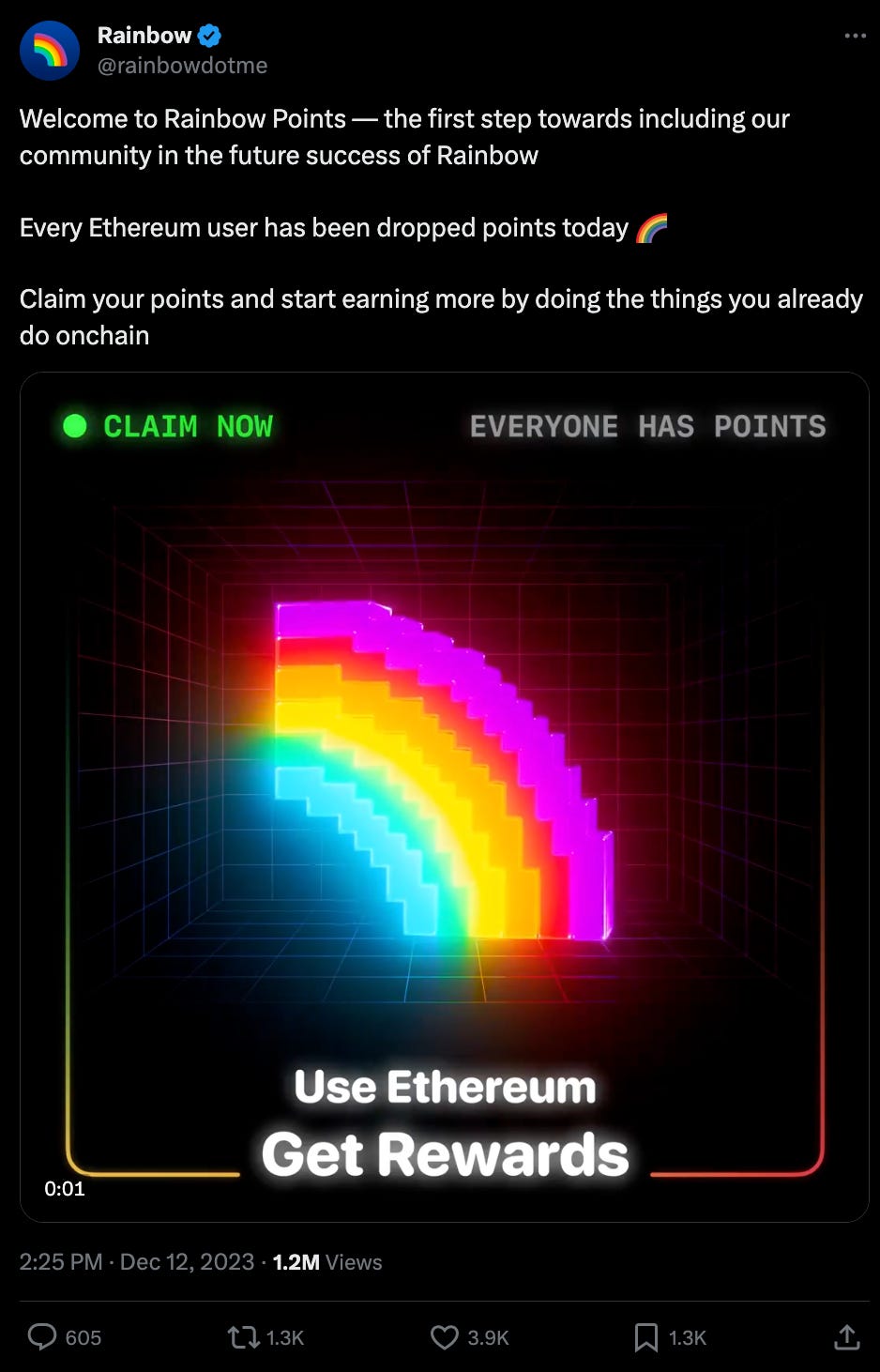
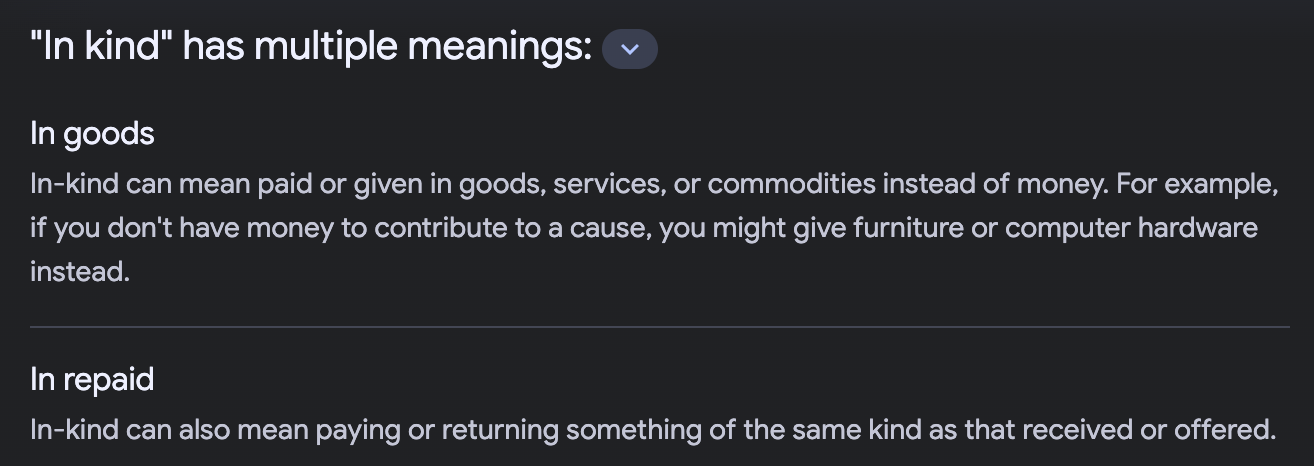












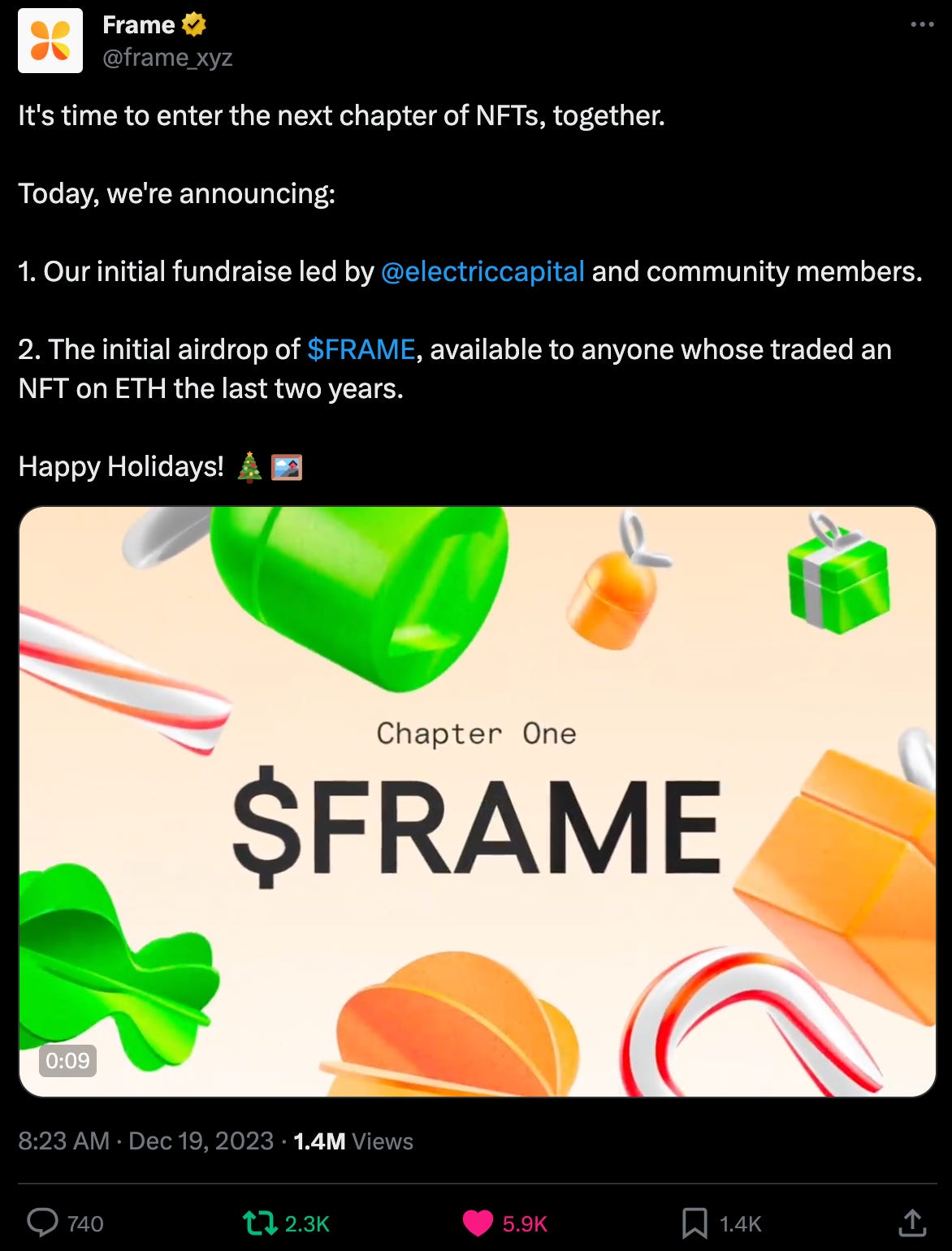

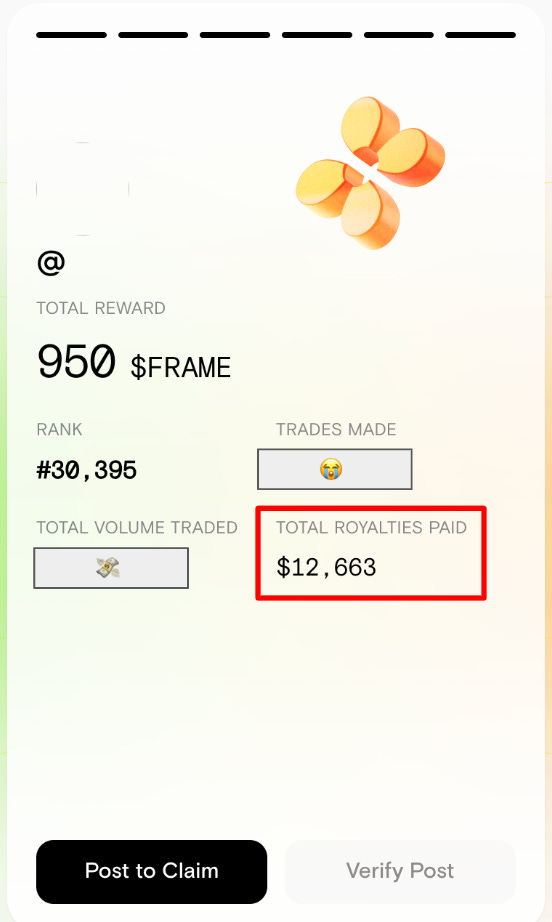


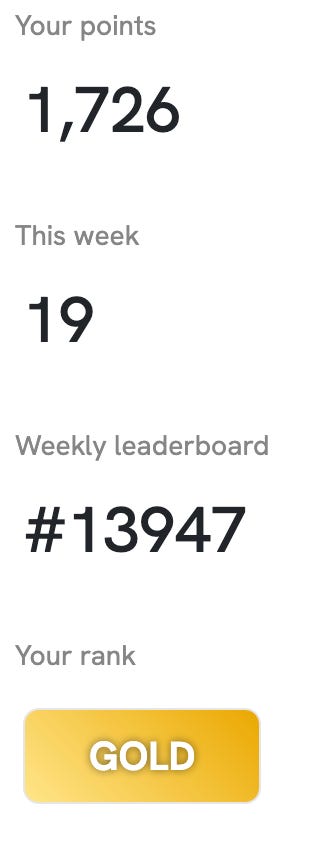

Happy holidays dude!
cool
happy holidays TPan!